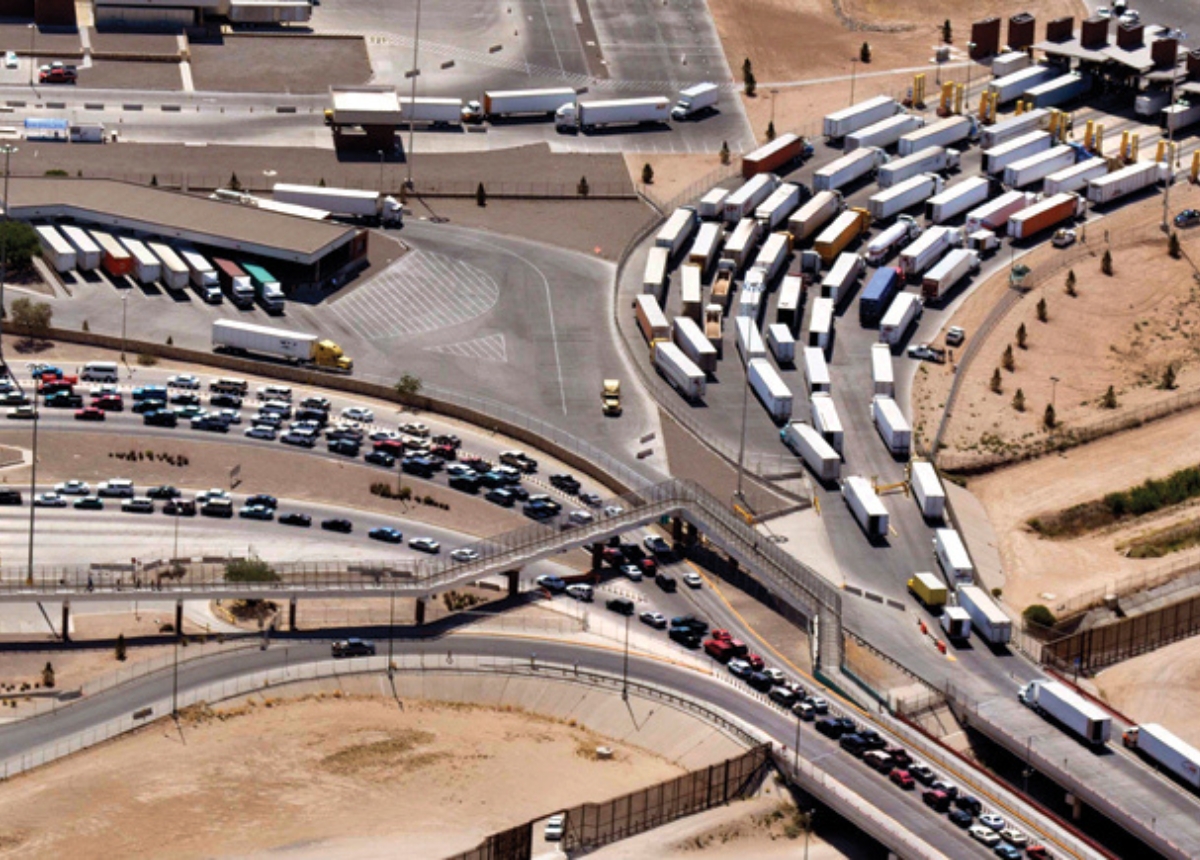
Here's how much border delays cost the US and Canada
Several solutions have been put forward to try and solve the border delay problem find out how you can implement new procedures
If you have ever crossed the Canada-US border, you have been part of the over 400,000 people and $2 billion in business that moves across the two countries every day. That’s a lot of volume to handle, and with volume comes delay. According to a study at the University of Waterloo and Wilfrid Laurier University, border delays cost Canadians and Americans over $30 billion each year. An important thing to ask is where these costs come from. More so, can we reduce them? The study points out two main areas of concern:
- Tightened border security
- Inadequate infrastructure for increased volume
Tightened border security
Ever since the 9/11 terrorist attacks in the United States, border security has become a high-level concern. Additional security mandates that have been put in place, such as increased random inspections, have slowed down the rate of cross-border transactions. The effect that this has on Canada-US trade quickly increases when the sheer amount of trade that goes through the border each day is considered.In fact, according to astudy by the Ontario Chamber of Commerce, a four-hour delay at the Ambassador Bridge (Windsor, Ontario) can cost the Ontario economy up to $7 million in lost production costs.As Canadian and American businesses accumulate costs due to inefficient borders, individual citizens pay the price too. Consequences which affect the general population include lost jobs as a result of cost cuts, increases in the costs of imports and exports (estimated to be up to 6%), and environmental pollution from idling vehicles.
Inefficient border infrastructure
Aside from increases in security mandates, border delays are also attributed to inefficient infrastructure at the borders themselves. Specific contributors to border delay that do not deal with security include:
- Inefficient staffing by border agencies across peak times
- Unreliable border wait-time information available for border-crossers
- Inadequate primary inspection facilities which have not stayed up to date with decades of increasing border crossing volume
To resolve this, the government has two options: build new infrastructure, or increase the efficiency of existing infrastructure. While both are likely to help solve the problem, expanding infrastructure is by far the most expensive option. Alternatively, border delay management systems exist to help borders operate at a more efficient level, within their current infrastructure.
Cutting border delay costs
Several solutions have been put forward to try and solve the border delay problem. The key to finding a solution, according to the Eastern Border Transportation Coalition (EBTC), is to ensure each border office has accurate and current information on their wait times. One solution for this is to employ a non-intrusive sensor system. Such a system allows borders, as recommended by the EBTC, to actively measure border wait-times and queue lengths. As a result, each border office will be able to collect real-time, historical, and predictive data on their border delay. With this data, borders can properly plan for staffing requirements at peak times to increase efficiency. Additionally, the system delivers a method for providing reliable wait-time information to border crossers. With live data fed to the border's website, both commercial and individual travelers could adjust their trips accordingly. The result reduces bottlenecks and build-up at the border. It flattens the level of delay across the day, and reduces the costs incurred due to unnecessary wait-times.
Moving forward
With over 400,000 trips and $2 billion dollars of trade flowing across the border each day (and future traveler and trade volumes expected to increase) the Canada-US border needs to find a solution. While it may not be an option to loosen security measures, and building new infrastructure would be highly expensive, solutions do exist for borders to make an almost immediate change in their efficiency.
Image Source: Canadian Trucking Alliance
